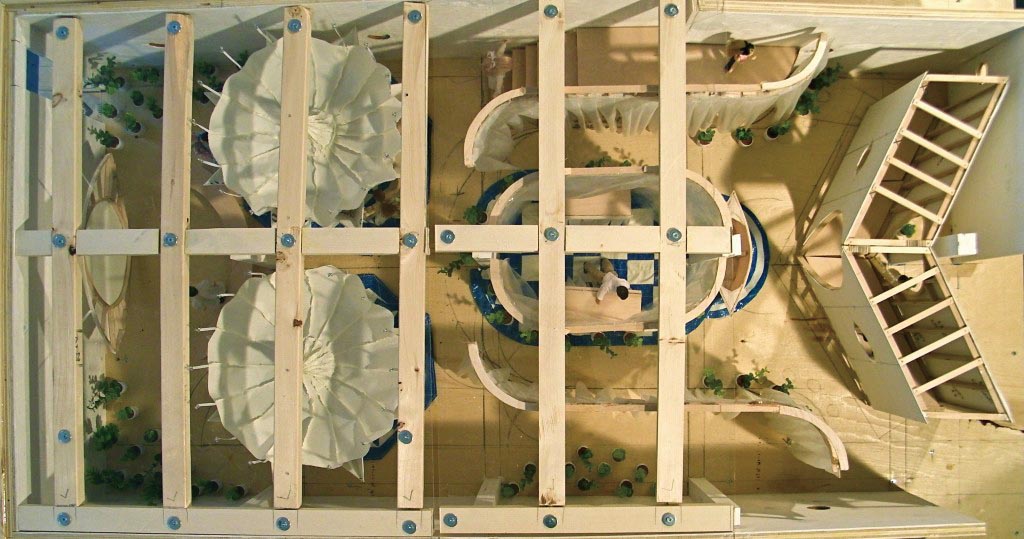Technological advances in agriculture in the past twenty years have been moving at an astonishing pace as we race to produce more food on fewer acres.
We have been steadily refining our ability to track machinery travel, create yield and profit maps in real time, and place seed in the ground at exact depth. New storage bins can be equipped with moisture and temperature monitors, and some even use algorithms based on relative temperature and humidity to control grain drying by fan. Despite the control we have gained over all these parameters, we still rely almost completely on chance for one of the most critical aspects of crop production.
Water.
Crop failure can occur for a number of reasons: frost, disease, insect infestation, etc. However, the vast majority of lost crop is due to moisture – either too much, or too little. Operations with high-value crops, such as potatoes, rely in irrigation. However, this is not practical or cost-effective for many of the crops that cover vast acres across Western Canada. Despite the thousands upon thousands of dollars that individual producers invest to maximize their potential yield and profit, they cross their fingers and hope that it rains the right amount, at the right time.
It is unlikely that we will be controlling the weather at any time in the near future, and equally unlikely that climate change will bring regular, gentle rainfalls at all the appropriate times required for proper plant growth. In fact, climate change will likely bring the opposite – more violent, unpredictable, and infrequent storms shadowed by periods of drought is the most recent prediction for much of Manitoba. Therefore, we must find new ways to adapt and even prosper in circumstances we cannot control.
Tile drainage is not the solution to all water management problems, but it is certainly one strategy that may increase the resilience of cropping practices. It is not a revolutionary technology and evidence of this method of water management has been found in the Roman and Egyptian empires. It has been used for a number of decades in the American Midwest and is relatively common in Ontario. However, due to a number of factors, it is only recently making waves in Manitoba.
Research into the level of protection provided, increase in yields and yield reliability, and effects of run-off have been studied in other areas. Unfortunately, this information does not directly transfer to Manitoba conditions due to differences in cropping practices, local hydrology, weather patterns, and crop variety. Furthermore, very little research has taken place on heavy clay soils. These soils are dense and water percolates through very slowly, meaning they do not easily dry after a rain event and are susceptible to water-logging and conditions for crop failure. The Interlake region, which has been one of the hardest hit areas for excess moisture over the past decade (2011 was estimated to cost the Manitoba economy $1 billion dollars in financial losses due to flooded acres, many in the Interlake region), is made up largely of clay-based soils.
Tile drainage is an expensive and permanent infrastructure and producers are hesitant to invest in a technology without understanding how it will function compared to other locations. Research in this area will provide producers with the required information to make informed decisions about how tile drainage may impact their yields, run-off water quality, year-to-year variability, and ultimately their profitability. Understanding this takes us one step closer in the global effort to producer higher yielding, better quality, and more reliable food supply systems.
This article was originally published in the Gradzette.




